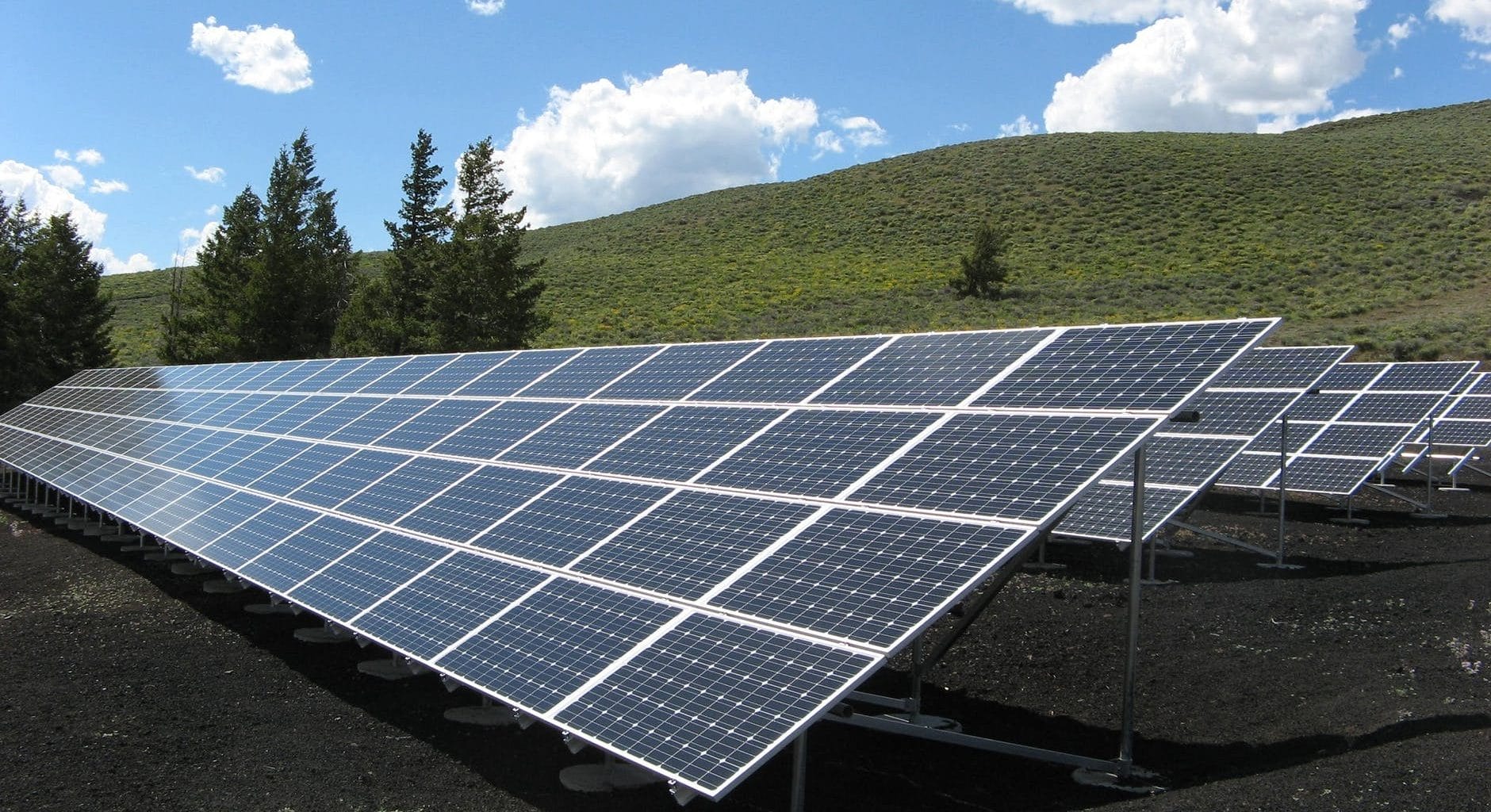By Albert Wen, Head of Digital Power Business, Huawei in Southern Africa Region
African markets are in some respects skipping over the fossil fuel age altogether. Till very recently, the first thing that hit you when landing in Nigeria was the sharp hit of diesel fumes in the air. The reason for this was because more than 30% of the country relied on diesel generators to fill the huge gap in electricity distribution. Inefficiencies like this have meant sub-Saharan Africa’s 910m people consume less electricity each year than the 4.8m people of the US state of Alabama. Which is why green and sustainable electricity like solar power will be hugely welcome and help the region leapfrog over legacy energy pathways directly to solar.
The solar solution has arrived.
Over the past few years, Huawei has worked on quite a few large-scale grid-tied and off-grid projects in Africa. In fact, off-grid solar is spreading at an extremely fast pace. A large amount of money will be invested in micro-network construction as well. The region is rich in sunshine, and it’s predicted the number of home-power systems on African roofs will grow by 60-100%.

The Huawei effect on Zambia.
Zambian President Edgar Lungu recently stated that the newly constructed solar mini-grid from Huawei would go a long way in
responding to the energy needs of the people of Chibwika Chiefdom and ultimately transform their quality of life. The solar mini-grid power station has the capacity to power 300 households, a school, a health facility as well as businesses within the chiefdom.
Huawei FusionSolar.
The numbers reflect well.
In 2009 just 1% of sub-Saharan Africans used solar lighting. Now it is nearly 5% or 11m people. The International Energy Agency, a Paris-based government think-tank, reckons that 500m more people will have solar electricity by 2030.
Cost is another major factor, PV (photo voltaic) power costs 3 to 5 cents/kwh versus more than 10 cents for electricity and 6 cents for diesel.

Another reason for this optimism is that solar power is increasingly well-financed in Africa. Aid donors like the World Bank are sponsoring more ambitious projects — specially designed fridges and televisions, for example. Bigger solar systems can run a school or clinic, a grain mill or irrigation pump, or even a whole village.
Why is solar power spreading so fast in Africa?
There are 3 main reasons:
- First, with companies like Huawei coming into the continent, solar farms have become more digitalized and intelligent. Technology has made solar energy more affordable than ever.
- Second, low-energy bulbs have got better and cheaper. Modern solar lamps cost as little as $8—they charge by day and give light by night. They replace costly and dangerous alternatives – kerosene, candles, and open fires.
- The third, crucial development is in storage, as lamps are needed at night and solar power is collected in the daytime. Old nickel-cadmium batteries wear out after 500 recharges; lithium-based ones can manage 2,000 and store much more electricity.
What next?
Africans have been waiting for decades for mains electricity which the rich world takes for granted. Renewable energy technologies bring power to the people and by doing so, empower people themselves.
Huawei is in a good place to deliver on this dream. As part of the Digital Power business, the Huawei FusionSolar team will be sharing more insights at the up-coming Huawei Tech Summit on 17-19 March 2021. Register with us now,






